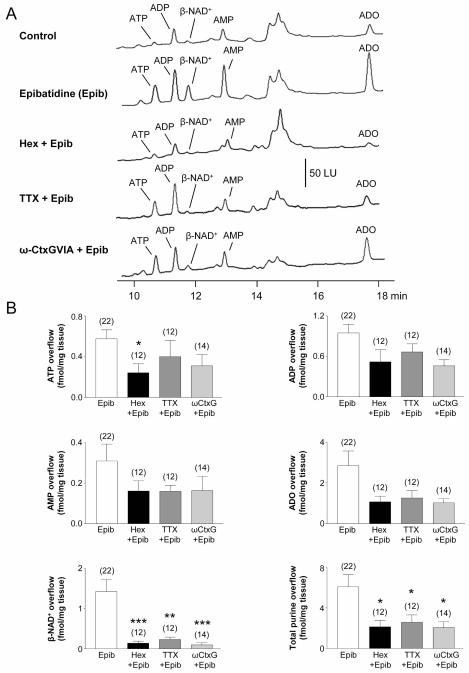Fig. 1. Stimulation of nAChRs causes release of purines in monkey colon whole muscle preparations.
(A) Chromatograms of tissue superfusates collected before (control) and during stimulation of nAChRs with epibatidine (Epib, 500 μM, 30 s) in the absence and presence of hexamethonium (Hex, 500 μM for 30 min), tetrodotoxin (TTX, 0.5 μM for 30 min) or ω-conotoxin GVIA (β-CtxG, 50 nM for 30 min) in WM monkey colon. Small amounts of ATP, ADP, β-NAD+, AMP and ADO were present in superfusates before stimulation, likely to cause tonic purinergic inhibition in colon. Epibatidine-evoked release of purines was inhibited by hexamethonium. Epibatidine-evoked release of β-NAD+, but not of ATP, was reduced by the neurotoxins TTX and ω-CtxG. Scale applies to all chromatograms. LU, luminescence units. (B) Averaged data are means ± SEM and summarize release of ATP, ADP, AMP, ADO, β-NAD+ and total purines (calculated as ATP+ADP+AMP+ADO+β-NAD+) during activation of nAChRs with epibatidine (Epib). Overflow (femtomoles per milligram of tissue) is the overflow during nAChR activation less spontaneous overflow. All purines were evaluated simultaneously in the same samples. Each peak was calibrated to individual etheno-derivatized purine standards. Asterisks denote significant differences from epibatidine-evoked release (*P < 0.05, **P < 0.01, ***P < 0.001); number of experiments in parenthesis.

